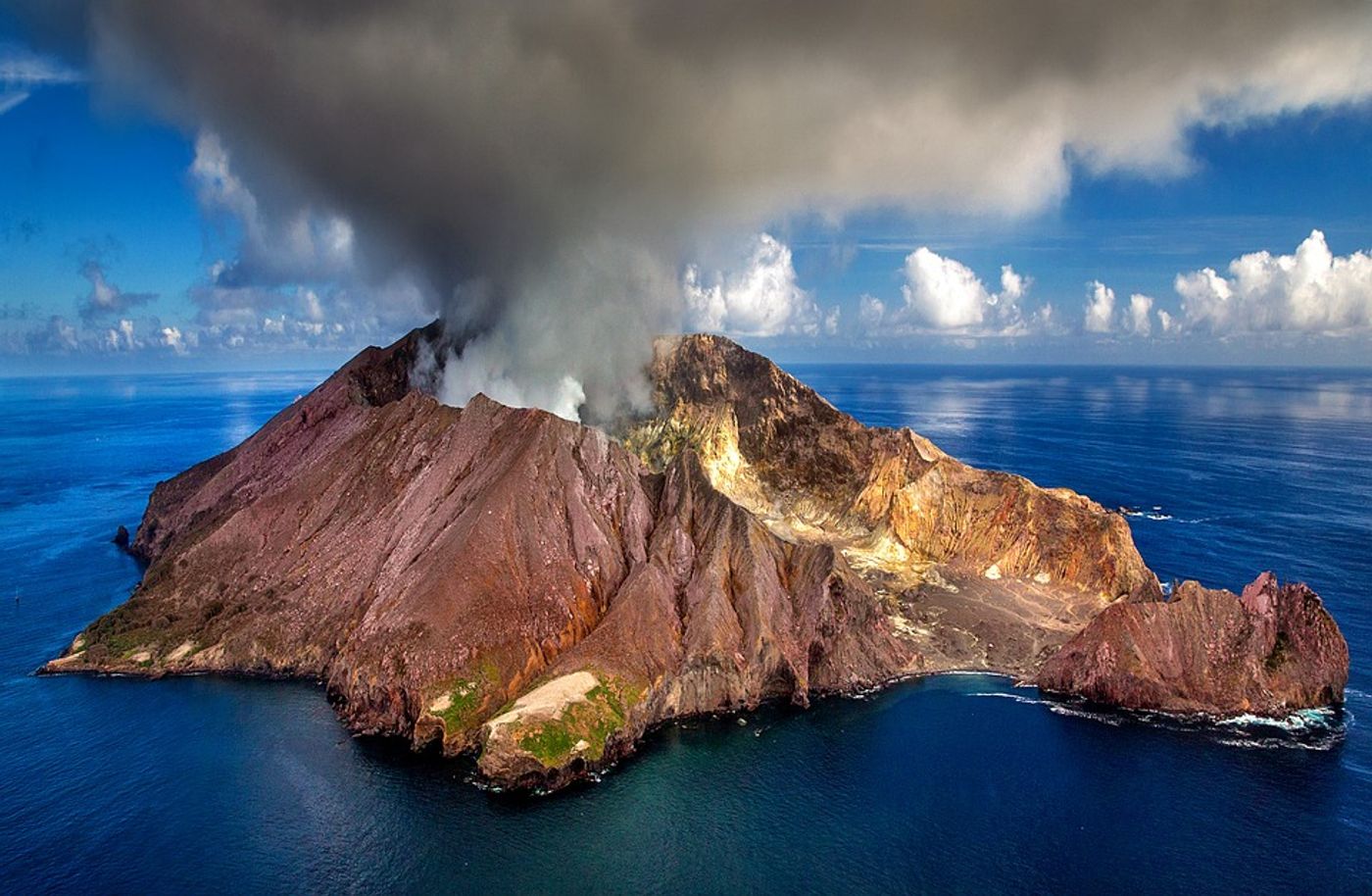Scientists discover new way volcanoes form
Scientists have recently discovered a new way that volcanoes are forming – deep below the paradise island of Bermuda.
We all know from middle school Earth Science that the shifting of tectonic plates produces changes in our planet’s geologic formations, resulting in continents’ altered shapes, mountains growing taller, earthquakes shaking entire regions, and yes, volcanoes, which can literally create new lands. But new research has revealed novel knowledge to the geologic community: material from deep within Earth's mantle transition can percolate to the surface to form volcanoes.
The mantle’s transition zone sits 250-400 miles below Earth’s crust and is composed of water, crystals and melted rock. Getting to it is difficult for research purposes, to say the least. But that’s exactly what scientists from Cornell University had to do in order to analyze Bermuda’s volcanic history.
Luckily, a lot of the heavy lifting was already done for the research team. Senior author Esteban Gazel, associate professor in the Department of Earth and Atmospheric Sciences at Cornell University, and co-author Sarah Mazza, of the University of Münster, in Germany, analyzed a 2,600-foot core sample from Bermuda that had been drilled back in 1972. Their results are published in Nature.
"I first suspected that Bermuda's volcanic past was special as I sampled the core and noticed the diverse textures and mineralogy preserved in the different lava flows," Mazza said. "We quickly confirmed extreme enrichments in trace element compositions. It was exciting going over our first results ... the mysteries of Bermuda started to unfold." The team analyzed the core for isotopes, trace elements, evidence of water content and other volatile material.
"We were expecting our data to show the volcano was a mantle plume formation -- an upwelling from the deeper mantle -- just like it is in Hawaii," Gazel said. But that’s not what the core showed. According to Science Daily, 30 million years ago a disturbance in the transition zone resulted in an upwelling of magma material rising to the surface, creating a now-dormant volcano under the Atlantic Ocean and then creating Bermuda. "We found a new way to make volcanoes. This is the first time we found a clear indication from the transition zone deep in the Earth's mantle that volcanoes can form this way," said Gazel.
The scientsts would like to continue their research, saying that it’s likely other locations around the world also show this type of geologic formation. "With this work we can demonstrate that the Earth's transition zone is an extreme chemical reservoir," said Gazel. "We are now just now beginning to recognize its importance in terms of global geodynamics and even volcanism."
Sources: Science Daily, Nature









